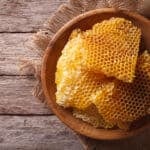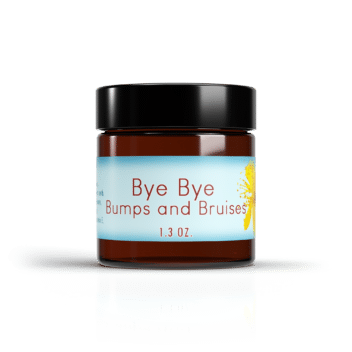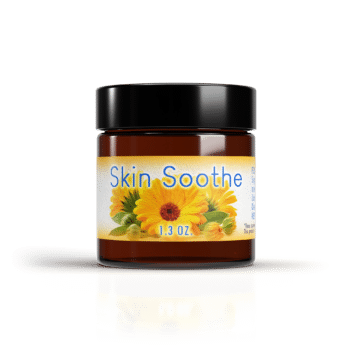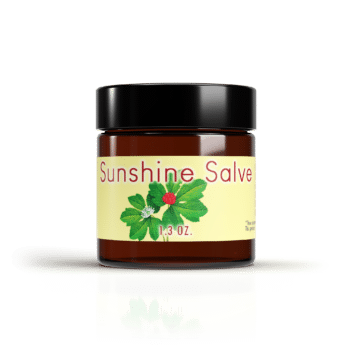
Beeswax in Herbal Medicine
Beeswax in Herbal Medicine
Beeswax has long been a key ingredient in herbal medicine, renowned for its healing properties and versatility. This natural substance, produced by honeybees, plays a crucial role in various herbal remedies. But what exactly makes beeswax such an essential component in herbal medicine?
In this article, we’ll explore the benefits of beeswax, how it’s used in herbal medicine, and some popular remedies you can try at home.
The Benefits of Beeswax
Beeswax is a natural product made by honeybees to construct their honeycombs. It’s a complex substance that contains over 300 different compounds, primarily esters, fatty acids, and long-chain alcohols. These components make beeswax an effective ingredient in various applications.
Natural Moisturizer
One of the most well-known benefits of beeswax is its ability to lock in moisture. This makes it an excellent choice for skincare products, such as lip balms and lotions. Unlike petroleum-based products, beeswax is non-comedogenic, meaning it won’t clog pores. It forms a protective barrier on the skin, allowing it to breathe while keeping it hydrated.
Anti-Inflammatory Properties
Beeswax contains anti-inflammatory properties that can help soothe irritated skin. This makes it particularly useful in treating conditions like eczema and psoriasis. Additionally, its natural antibacterial properties help prevent infections, making it a valuable ingredient in wound care.
Vitamin A
Beeswax is a natural source of Vitamin A, which is essential for maintaining healthy skin. Vitamin A supports cell regeneration, helping to reduce the appearance of fine lines and wrinkles. It also promotes collagen production, which is vital for maintaining skin elasticity.
Beeswax in Herbal Medicine
Herbal medicine has utilized beeswax for centuries due to its natural healing properties. When combined with other herbal ingredients, beeswax can enhance the effectiveness of remedies. Here are some ways beeswax is used in herbal medicine:
Salves and Ointments
One of the most common uses of beeswax in herbal medicine is in the creation of salves and ointments. These topical applications are often used to treat skin conditions, minor cuts, and burns. By combining beeswax with herbal extracts and essential oils, you can create a potent remedy that soothes and heals the skin.
How to Make a Basic Herbal Salve
To make a simple herbal salve, you’ll need the following ingredients:
- 1 cup of carrier oil (such as olive or almond oil)
- 1/4 cup of beeswax pellets
- 1/4 cup of dried herbs (such as calendula or chamomile)
- Optional: a few drops of essential oil (like lavender or tea tree)
Instructions:
- Infuse the carrier oil with your chosen herbs by placing the dried herbs and oil in a double boiler. Heat gently for about an hour, stirring occasionally.
- Strain the oil through a fine mesh sieve or cheesecloth to remove the herbs.
- Return the infused oil to the double boiler and add the beeswax pellets. Stir until the beeswax has completely melted.
- Remove from heat and add a few drops of essential oil, if desired.
- Pour the mixture into a clean container and allow it to cool and solidify before use.
Lip Balms
Beeswax is a popular ingredient in lip balms due to its moisturizing properties. When combined with other natural ingredients like coconut oil and honey, beeswax creates a nourishing balm that protects and hydrates the lips.
Herbal Candles
Another unique use of beeswax in herbal medicine is in the making of herbal candles. These candles not only provide a pleasant aroma but also release the healing properties of the herbs and essential oils used in their creation. Burning beeswax candles is also known to purify the air by releasing negative ions, which can help reduce allergens and pollutants.
Popular Herbal Remedies Using Beeswax
Incorporating beeswax into your herbal remedies can enhance their effectiveness. Here are a few popular remedies that utilize beeswax:
Eczema Relief Balm
For those suffering from eczema, a beeswax-based balm can provide much-needed relief. Combine beeswax with shea butter, coconut oil, and soothing herbs like chamomile and calendula to create a balm that calms irritation and nourishes the skin.
Herbal Chest Rub
A natural alternative to commercial vapor rubs, an herbal chest rub made with beeswax can help alleviate congestion and respiratory discomfort. Combine beeswax with eucalyptus oil, peppermint oil, and a carrier oil to create a soothing chest rub.
Pain Relief Salve
Beeswax can also be used in pain relief salves for sore muscles and joints. Combine beeswax with arnica oil, cayenne pepper, and essential oils like peppermint and lavender to create a warming salve that eases discomfort.
Conclusion
Beeswax is a versatile and valuable ingredient in herbal medicine, offering numerous benefits and applications. From skincare to respiratory remedies, beeswax enhances the effectiveness of herbal treatments. By incorporating beeswax into your own herbal remedies, you can harness its natural healing properties and enjoy its many benefits.
Whether you’re a seasoned herbalist or new to the world of herbal medicine, beeswax is a must-have ingredient in your natural remedy toolkit. Embrace the power of beeswax and explore the many ways it can support your health and well-being.





